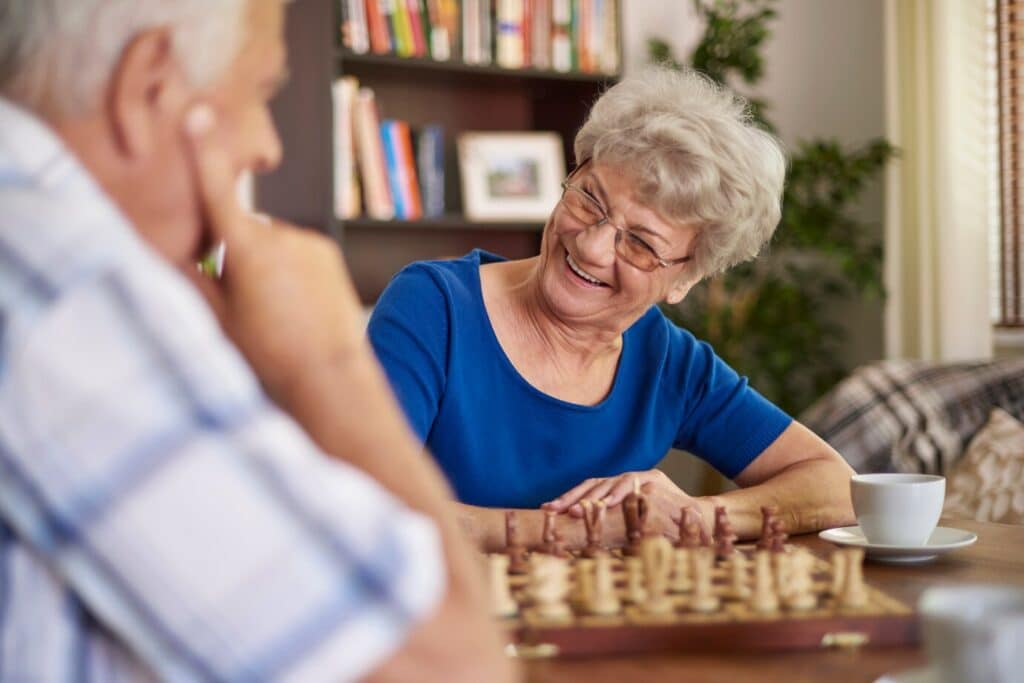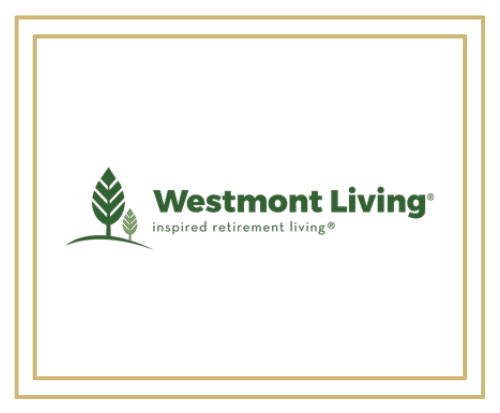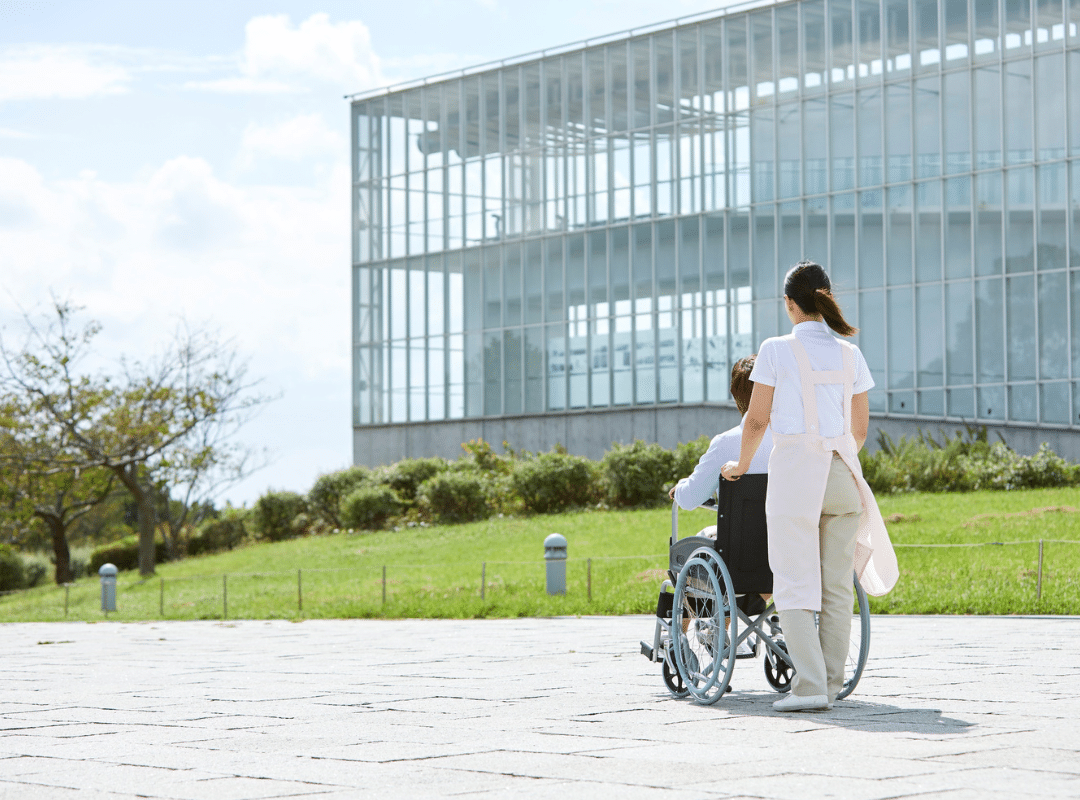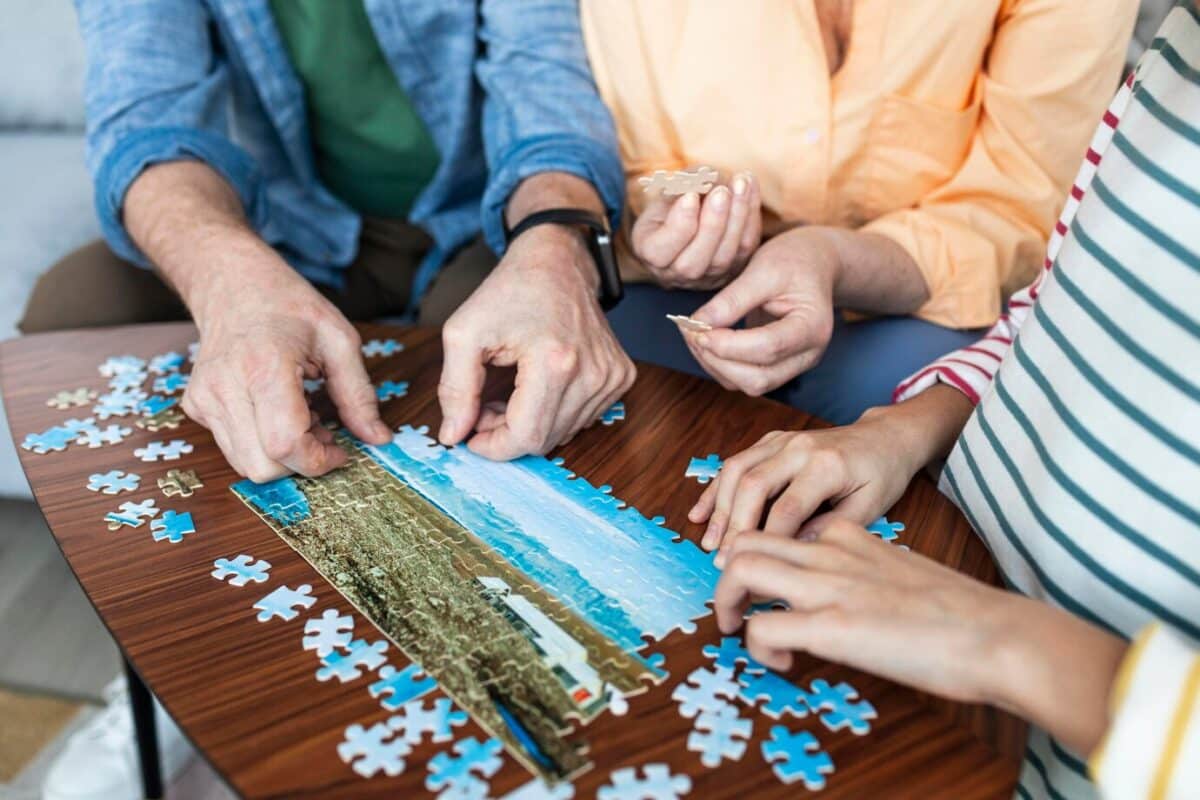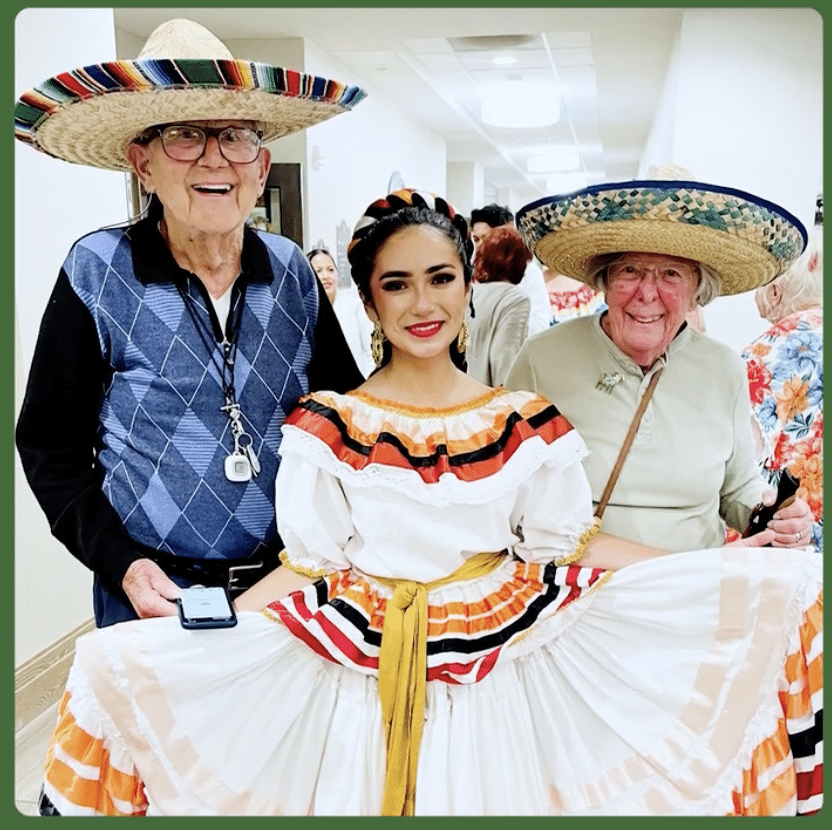Are Retirement Communities Santa Barbara CA Worth It?
Top Retirement Communities Santa Barbara CA Living
Retirement communities in Santa Barbara, CA, offer more than just a beautiful place to settle down—they deliver a lifestyle defined by ease, elegance, and connection. If you’re looking ahead to your golden years, Santa Barbara might just be the ideal destination. With its coastal views, mild climate, and thriving cultural scene, this location sets the stage for a fulfilling life post-retirement. From social engagement to luxury amenities, these communities have built a reputation for helping older adults thrive, not just reside. You’ll find options that suit a variety of needs, from independent living to personalized care, all while surrounded by a welcoming and secure environment. Whether you’re considering a Life Plan community or just starting your search, knowing the local highlights can help you make an informed decision. Let’s explore what makes retirement communities in Santa Barbara, CA, stand out—and why they might be the best move for your next chapter.
What Makes Retirement Communities in Santa Barbara Unique
The charm of 55-plus communities in Santa Barbara, CA, lies in how well they blend independence with community living. These communities offer spacious residences, wellness activities, and maintenance-free lifestyles. For many, the appeal is having more freedom to enjoy life without daily stressors, such as home upkeep or navigating healthcare services on their own. Santa Barbara stands out for its coastal beauty and peaceful atmosphere, offering a serene yet engaging retirement experience. From morning beach walks to wine tastings in the Funk Zone, there’s no shortage of ways to stay active. More importantly, the strong sense of community fosters meaningful relationships, reducing isolation and promoting emotional wellness. You’re not just choosing a place to live—you’re choosing to thrive.
Luxury Senior Living Santa Barbara is All About Comfort and Style
If luxury and elegance are top priorities, luxury senior living Santa Barbara options won’t disappoint. Communities like Westmont of Santa Barbara offer refined living with gourmet dining, beautifully landscaped gardens, and activity-rich lifestyles. The attention to detail, from curated wellness programs to art and music offerings, ensures that every resident can embrace retirement in comfort and joy. It’s more than just having amenities—it’s about crafting a lifestyle tailored to your preferences. Even if you’re not looking to purchase a property, many retirement communities in Santa Barbara, CA, that are for rent offer high-end features with flexible lease terms. It’s retirement redefined, without sacrificing any luxury.
Choosing the Best Retirement Communities in Santa Barbara
When it comes to identifying the best retirement communities in Santa Barbara, the quality of care and life enrichment programs are the most critical factors. These communities prioritize resident health and well-being, offering daily programming designed to stimulate the mind and body. With onsite healthcare options, spiritual services, and continued learning opportunities, every day can bring something new. Communities like Westmont Living provide compassionate care and enriching experiences in equal measure. Their personalized approach allows residents to maintain dignity while receiving support where needed. It’s this harmony of independence and assistance that makes them leaders in the area.

The Appeal of Luxury Retirement Communities, Santa Barbara, CA
For those seeking a higher tier of elegance, luxury retirement communities in Santa Barbara, CA, provide sophisticated options designed with modern seniors in mind. Picture relaxing afternoons by the garden, chef-inspired meals, and social events curated to bring like-minded neighbors together. You’ll enjoy not just physical comfort but also emotional enrichment through daily social activities and wellness coaching. These communities are designed for older adults who want to live with purpose, surrounded by beauty and convenience. Discover the benefits of social engagement in assisted living and how it can contribute to longevity and overall joy. Santa Barbara’s commitment to elevated senior living makes it a prime location for aging in place with grace and satisfaction.
Personalized Care and Peace of Mind for Every Stage
A key reason many choose retirement communities in Santa Barbara, CA, is the ability to age in place without worrying about future transitions. From independent living to memory care, the continuity of services ensures residents stay where they feel at home, even as their needs evolve. Staff is available 24/7 to offer assistance while promoting autonomy and respect. Discover the top 7 advantages of assisted living, and see how comprehensive support contributes to overall well-being. Whether it’s managing medications or simply lending a helping hand, the support system is built with empathy and experience. This peace of mind is priceless for both residents and their families.
Finding the Right Fit in Santa Barbara’s Retirement Scene
From spacious apartments with ocean views to cozy cottages nestled in lush gardens, Santa Barbara offers a diverse range of retirement options. Some of the most admired options include 55-plus communities in Santa Barbara, CA, which offer both rental and ownership opportunities. These communities welcome you with amenities like swimming pools, fitness centers, walking trails, and even pet-friendly spaces. It’s no wonder many call these the best retirement communities in Santa Barbara. And with Santa Barbara’s vibrant local culture, your days will never feel routine. If you’re still wondering, nutrition also plays a vital role in senior living health. Many communities prioritize well-balanced, chef-prepared meals as part of their offerings.
Ready to Visit? Let’s Make It Easy
If you’re considering a move or just want to explore retirement communities in Santa Barbara, CA, we invite you to visit and see for yourself. Whether you’re drawn to luxury retirement communities in Santa Barbara, CA, or are exploring flexible lease options in retirement communities in Santa Barbara, CA for rent, the best way to decide is to experience it firsthand. Schedule a tour today at Westmont of Santa Barbara or call us at 805-845-4921 to learn more about our community.
Frequently Asked Questions
Is Santa Barbara a good place for retirees?
Yes, Santa Barbara is considered an excellent place for retirees. The city offers a mild Mediterranean climate, stunning coastal views, and a laid-back atmosphere that appeals to many older adults. It also has a range of healthcare services, recreational activities, and cultural attractions, making it both a relaxing and engaging place to live. Many retirees appreciate the balance of nature, safety, and community living that Santa Barbara provides.
What is the 80/20 rule in a retirement community?
The 80/20 rule in a retirement community refers to the guideline that at least 80% of the residents must be aged 55 or older. This allows up to 20% of residents to be younger, such as spouses or caregivers who may not meet the age requirement. This rule helps maintain the community’s focus on senior living while allowing some flexibility for household situations. It’s common in age-restricted communities that want to foster a supportive, like-minded environment.













